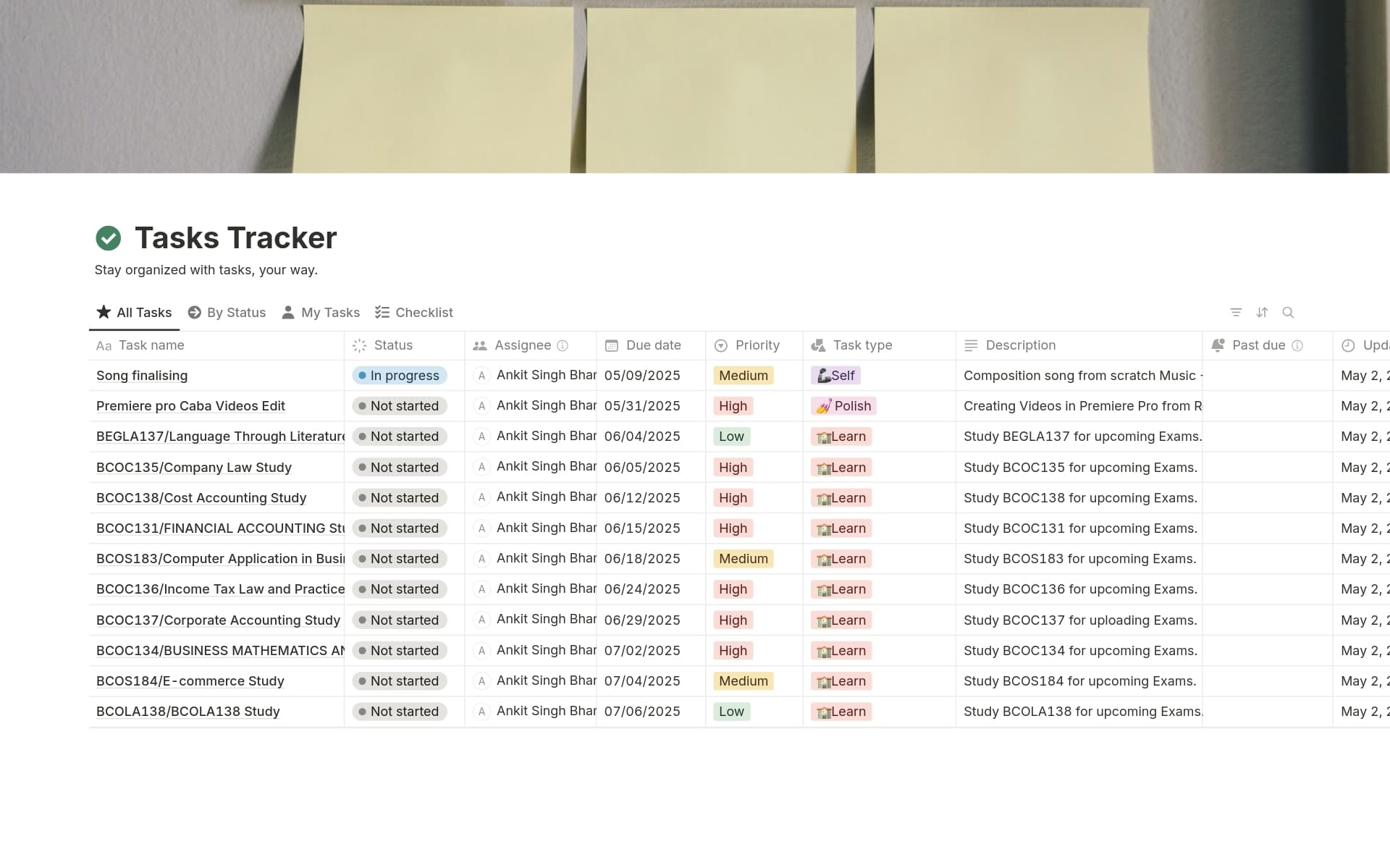Maintaining an inventory is crucial for staying organized and efficient, whether it's for personal belongings, business stock, or collections. It helps you keep track of what you have, what you need, and what you might be running low on. An Inventory template in Notion can streamline this process, providing a structured and customizable approach to managing your items effectively.
Before you dive into creating your own inventory system, explore these Notion Inventory templates to simplify the process and ensure you're covering all your bases.
What Should Inventory Templates Include?
Choosing the right inventory template can streamline how you manage stock, track items, and analyze data. Here are key components to look for in an effective Notion inventory template:
Item Categorization: A good template should allow for detailed categorization of items. This helps in sorting and finding specific items quickly.
Stock Levels Tracking: Essential for maintaining optimal inventory levels, this feature should enable you to see current stock, items on order, and alert you when restocking is needed.
Integrated Barcode Scanning: This functionality speeds up the inventory process and reduces errors. Check if the template can integrate with barcode scanning apps or devices.
Reporting and Analytics: Look for templates that offer customizable reports that help you understand sales trends, seasonal demands, and inventory turnover.
Selecting a template with these features will not only save you time but also provide valuable insights into your business operations.
What Should Inventory Templates Avoid?
Choosing the right inventory template in Notion can streamline your asset management significantly. However, some features might complicate rather than simplify your inventory tracking. Here are a few elements to steer clear of:
Overly Complex Layouts: Templates with too many sections, categories, or intricate designs can make data entry confusing and prone to errors.
Non-Customizable Fields: Avoid templates that don't allow you to modify fields. Every business has unique needs, and flexibility is key to tailoring your inventory management.
Heavy Use of Automation: While automation can be beneficial, excessive use in a template can lead to reliance on specific workflows that may not be ideal for your operations.
Remember, the best inventory template is one that fits your specific needs without adding unnecessary complexity to your processes.




